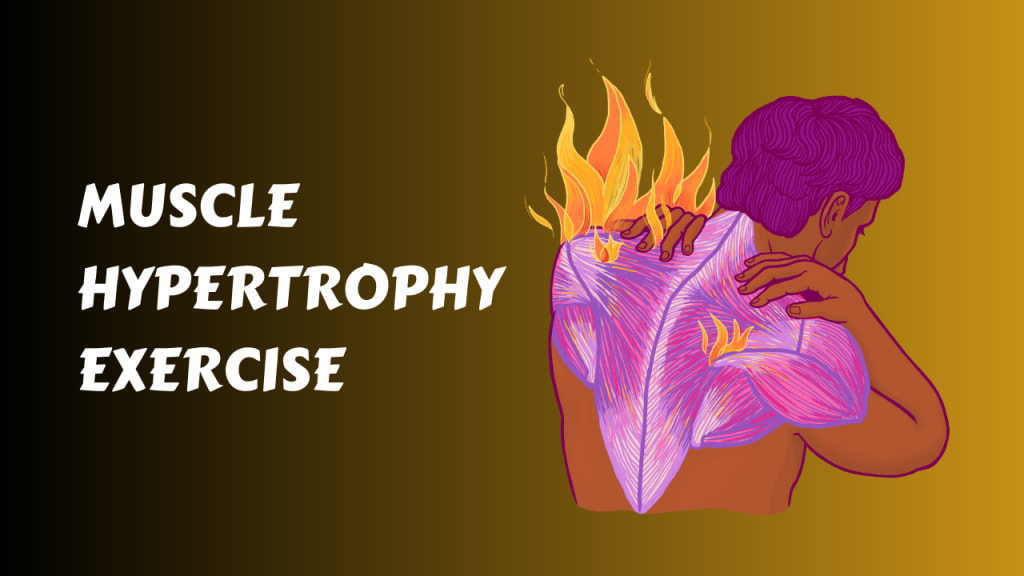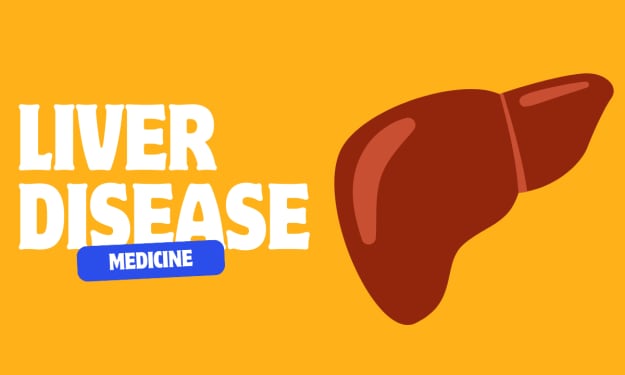Muscle Hypertrophy : Exercise: Unlocking the Secrets to Building Bigger Muscles
In this comprehensive guide, we will explore the fascinating world of muscle hypertrophy and its relationship with exercise

Introduction
Are you looking to maximize your muscle gains and achieve a sculpted physique? Look no further than muscle hypertrophy through exercise. In this comprehensive guide, we will explore the fascinating world of muscle hypertrophy and its relationship with exercise. Whether you're a seasoned gym-goer or just starting your fitness journey, this article will provide you with valuable insights, expert tips, and proven strategies to help you reach your muscle-building goals. So grab your gym gear, tighten your laces, and let's dive right in!
Muscle Hypertrophy : Exercise: What You Need to Know
What is Muscle Hypertrophy?
Muscle hypertrophy refers to the process of muscle growth and enlargement. When you engage in strength training exercises, your muscles experience microscopic damage. In response to this damage, your body initiates a repair and adaptation process, leading to an increase in muscle fiber size, known as hypertrophy. This adaptation occurs to cope with the demands placed on the muscles, resulting in stronger and more prominent muscle development.
The Role of Exercise in Muscle Hypertrophy
Exercise is the key driver of muscle hypertrophy. By subjecting your muscles to progressive resistance training, you stimulate the muscle fibers, triggering the growth process. Through a combination of mechanical tension, metabolic stress, and muscle damage, exercise acts as a catalyst for muscle hypertrophy. The intensity, volume, and frequency of your workouts, along with proper nutrition and recovery, play crucial roles in optimizing muscle growth.
The Science Behind Muscle Hypertrophy : Exercise
Understanding Muscle Fiber Types
To comprehend muscle hypertrophy, it's essential to understand muscle fiber types. Our muscles are composed of two primary types of fibers: slow-twitch (Type I) and fast-twitch (Type II). Slow-twitch fibers are predominantly involved in endurance activities and possess a higher resistance to fatigue. Fast-twitch fibers, on the other hand, generate more force but are less resistant to fatigue.
The Role of Mechanical Tension
Mechanical tension is one of the key factors responsible for stimulating muscle hypertrophy. When you lift weights or engage in resistance exercises, tension is exerted on the muscle fibers, causing them to adapt and grow stronger. By gradually increasing the load and intensity of your workouts, you create a continuous cycle of tension and adaptation, leading to muscle hypertrophy.
Metabolic Stress and Muscle Hypertrophy
Metabolic stress refers to the accumulation of metabolic by-products, such as lactate, during intense workouts. This metabolic stress plays a crucial role in promoting muscle hypertrophy. It stimulates the release of anabolic hormones, including growth hormone and insulin-like growth factor 1 (IGF-1), which facilitate muscle growth. Additionally, metabolic stress induces cellular swelling and triggers molecular pathways that contribute to muscle hypertrophy.
Effective Exercise Strategies for Muscle Hypertrophy
Progressive Overload: The Key to Muscle Growth
Progressive overload is the fundamental principle behind muscle hypertrophy. It involves gradually increasing the demands placed on your muscles over time. By progressively challenging your muscles with heavier weights, higher repetitions, or more advanced exercises, you continually stimulate muscle growth and adaptation. Incorporating progressive overload into your training program is crucial for consistent muscle hypertrophy.
Compound Exercises: Maximizing Muscle Activation
Compound exercises are multi-joint movements that engage multiple muscle groups simultaneously. These exercises, such as squats, deadlifts, and bench presses, are highly effective for muscle hypertrophy. They allow you to lift heavier weights, recruit more muscle fibers, and stimulate greater overall muscle growth. By incorporating compound exercises into your workouts, you can achieve maximum muscle activation and efficient hypertrophy.
Training Frequency and Volume
The frequency and volume of your workouts play a vital role in muscle hypertrophy. While adequate recovery is essential, training each muscle group at least twice a week is generally recommended for optimal growth. Additionally, gradually increasing the volume of your workouts by adding sets, repetitions, or exercises can further enhance muscle hypertrophy. However, it's crucial to strike a balance between training intensity, volume, and recovery to prevent overtraining and injury.
Frequently Asked Questions (FAQs)
FAQ 1: How long does it take to see muscle hypertrophy results?
Answer: The timeline for muscle hypertrophy results varies from person to person. With consistent training, a well-designed program, and proper nutrition, noticeable changes can be observed within a few weeks to several months.
FAQ 2: Can muscle hypertrophy be achieved without weights?
Answer: While resistance training with weights is highly effective for muscle hypertrophy, it is possible to build muscle using bodyweight exercises and other forms of resistance, such as resistance bands. The key is to create progressive overload by gradually increasing the resistance or difficulty of the exercises.
FAQ 3: What role does nutrition play in muscle hypertrophy?
Answer: Nutrition plays a crucial role in supporting muscle hypertrophy. Consuming an adequate amount of protein, carbohydrates, and healthy fats is essential for muscle repair and growth. Additionally, staying hydrated and fueling your body with nutrient-rich foods optimize your muscle-building potential.
FAQ 4: Is cardio necessary for muscle hypertrophy?
Answer: While cardio exercises are beneficial for overall fitness and cardiovascular health, excessive cardio can interfere with muscle hypertrophy. To prioritize muscle growth, it's recommended to balance your cardio activities with strength training and allow sufficient recovery time for muscle repair.
FAQ 5: Can muscle hypertrophy occur in older individuals?
Answer: Yes, muscle hypertrophy can occur in individuals of all ages, including older adults. Regular resistance training, combined with proper nutrition and recovery, can help older individuals experience significant muscle growth and strength improvements.
FAQ 6: How important is sleep for muscle hypertrophy?
Answer: Sufficient sleep is crucial for muscle hypertrophy. During sleep, the body repairs and rebuilds muscle tissue, allowing for optimal growth. Aim for 7-9 hours of quality sleep each night to support your muscle-building efforts.
Conclusion
Building muscle hypertrophy through exercise is an art that requires dedication, consistency, and the right strategies. By understanding the science behind muscle growth, implementing effective exercise techniques, and adopting a holistic approach to nutrition and recovery, you can unlock your body's potential for significant muscle hypertrophy. Remember, patience and perseverance are key on this journey. So embrace the challenge, push your limits, and watch your muscles transform. It's time to take your physique to new heights!





Comments
There are no comments for this story
Be the first to respond and start the conversation.